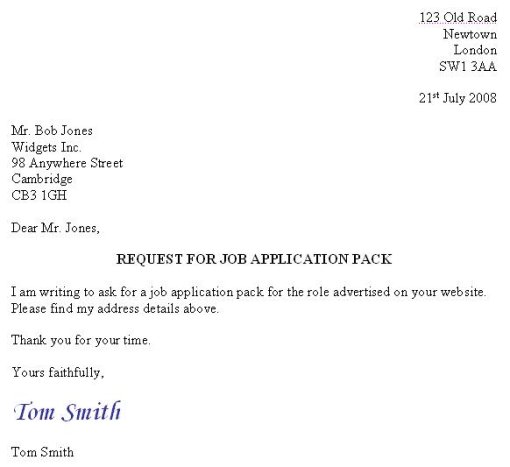jueves, 21 de agosto de 2008
Conditionals
2. If governments spent more money on the railways,
3. If private cars weren't allowed inside our cities,
4. If cars were smaller,
5. If more people used public transport,
6. If the law was stricter about pollution,
is/are/do/does
Put in is, are, do or does.
1. you brush your teeth every day?
2. Where they going?
3. Why you looking at me?
4. Bill live in London?
5. you like dancing?
6. the sun shining?
7. What time the shops close?
8. you working tomorrow?
9. What this word mean?
10. you feeling all right?
To be and to have got
To be I am - you are - He is - She is - It is - We are - You are - They are
To have - I have - You have - He has - She has - It has - We have - You have - They have
2. We happy.
3. You small.
4. He very tall.
5. She a nice car.
6. You a young brother.
7. I a nurse.
8. They a big house.
9. They very nasty.
10. It beautiful .
To be I am - you are - He is - She is - It is - We are - You are - They are
To have - I have - You have - He has - She has - It has - We have - You have - They have
Pour marquer l'idée de possession, on ajoute 'got' à have.
Ex: I have got a car ==> possession.
Exercice : Ne pas utiliser les formes contractées.
How to Format a UK Business Letter
Posted: 13 Aug 2008 05:56 AM CDT
I covered writing US business letters, but I know we have a number of readers in the United Kingdom too – or readers who might want to write to companies within the UK. I’ll just be covering the formatting here rather than explaining again why each element is included, so you might want to read the article on US business letters first.
The UK format is similar to US full block format, with these key differences for UK letters:
The return address is right-aligned
The date is written as “15th May 2008” not “May 15, 2008”
A comma, not a colon, follows the recipients’ name
The subject (if included) is centred
In the UK, a standard business letter looks like this:

Just as with the US examples, I’ll break the letter down into the main elements, working from the top to the bottom.
Your Address
Your address, also known as the “return address”, comes first (leave this off if you’re using letter-headed paper).
123 Old Road
Newtown
London
SW1 3AA
Your return address should be right-justified.
The Date
Directly beneath this, the date on which the letter was written:
15th May 2008
In the UK, the day comes before the month, and it is fine to put “st”, “nd” or “th” after the day’s date, eg. “15th” “1st” or “2nd”.
You can position the date on the right or on the left of your letter.
Recipent’s name and address
Beneath this, you should put the recipient’s name and address, just as it would appear on the envelope. If you’re using a window envelope, make sure it’ll show through when the paper is inserted.
The recipient’s name and address should be positioned on the left-hand side.
The Greeting
After their address, you should leave a line’s space then put “Dear Mr Jones”, “Dear Bob” or “Dear Sir/Madam” as appropriate. Follow this with a comma.
The greeting should be left-aligned.
The Subject
You may want to include a subject for your letter — this is often helpful to the recipient, especially if they receive a lot of mail. If you do include a subject line, thsi should be directly below the “Dear name”, centered on the page, and can be in bold, uppercase or both to make it stand out.
The Text of your Letter
The main body of your letter should have:
Single-spacing between lines
A blank line (NOT an indent) before each new paragraph
Each new paragraph should start at the left hand side.
The Closing and Your Name and Signature
After the body of text, your letter should end with an appropriate closing phrase such as “Yours sincerely” or “With best regards”, and a comma.
Leave several blank lines after the closing (so you can sign the letter after printing it), then type your name. You can optionally put your job title and company name on the line beneath this.
Joe Bloggs
Marketing Director, BizSolutions
The closing and your name and signature should all be on the left hand side.
Still stuck? Try this letter writing exercise – it’s aimed at school-kids in the UK, but it’s good fun for adults too!
lunes, 11 de agosto de 2008
You are going to see someone in the same contest but in England. He is going to sing opera,but I'd like you to think first before watching:
1- Do you think he is going to sing well?
2-Why? Why not? Give your reasons.
Now, after watching the video :
1-What do you think?
2- How do you feel?
3-Were you right with your predictions?
Ken Lee - Bulgarian Idol (WITH ENGLISH TRANSLATION)
That's funny , she 's sure to sing in English! Have a look at the members of the jury!!! What do you imagine they are thinking while the woman is singing? What's the woman attitude?

